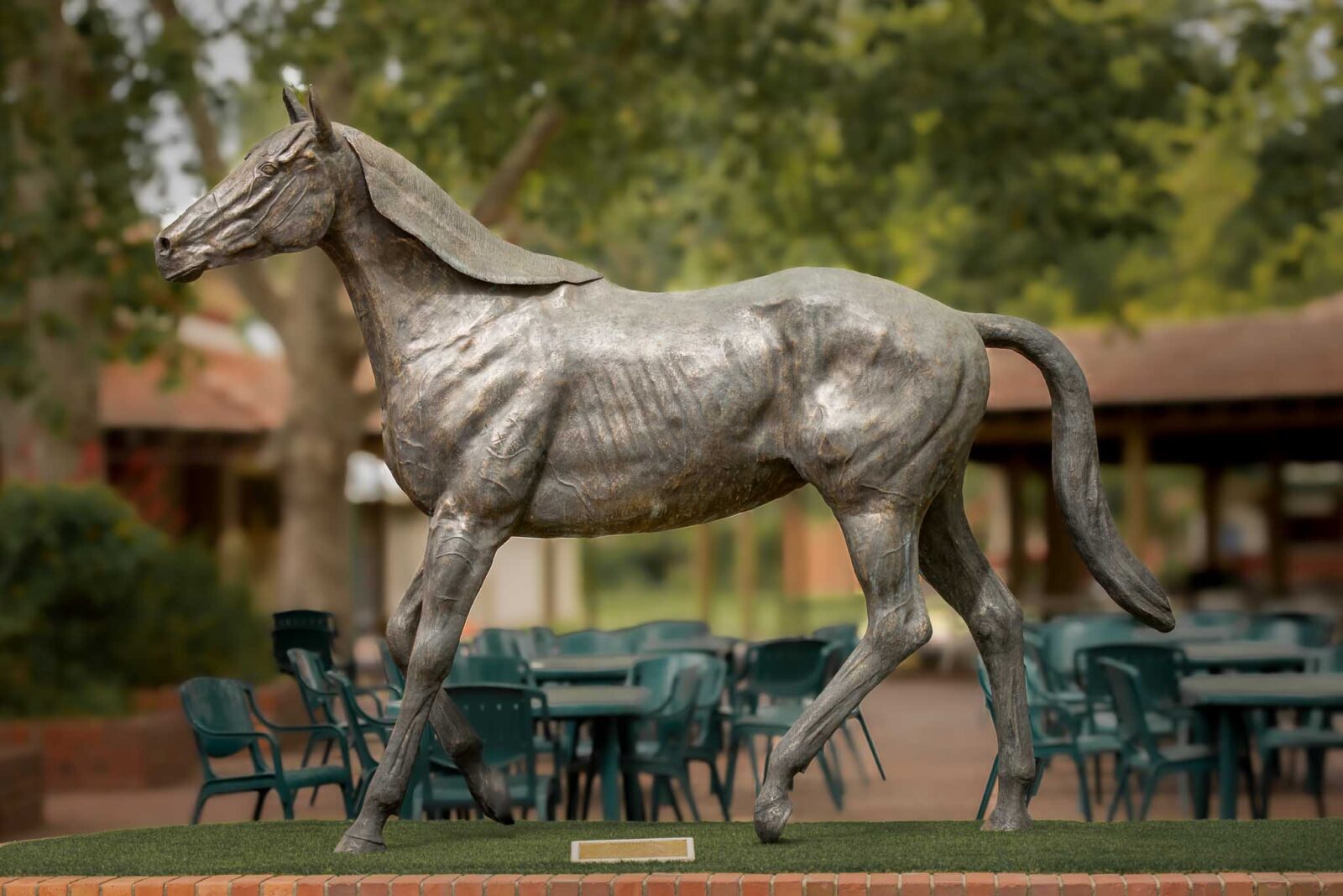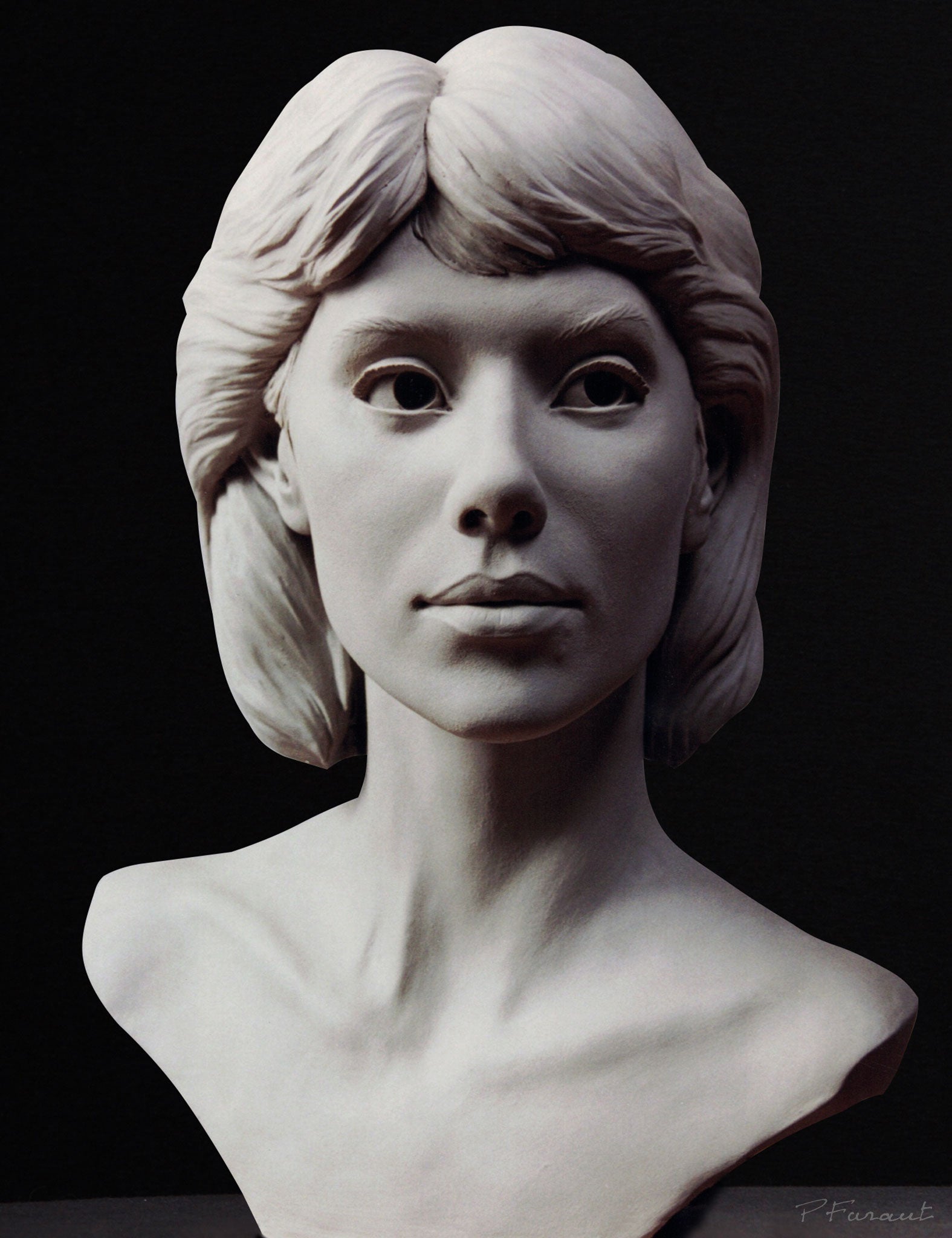The Evolution of Sculptures: From Ancient to Modern
The Advancement of Sculptures: From Old to Modern.
Sculpture, among the earliest forms of art, has actually been an important component of human world for millennia (Robert C Hitchcock Sculptor). From the ancient people of Egypt and Greece to the modern age, sculptures have developed, showing modifications in imaginative techniques, materials, and cultural influences. This trip via time traces the advancement of sculptures, discovering the changes stylishly, subject issue, and creative expression
Starting with the old world, sculptures crafted from rock and later on bronze caught the essence of deities, rulers, and everyday life. The Renaissance period witnessed a rebirth of timeless sculpting strategies, as musicians sought to emulate the graceful forms of ancient Greek and Roman sculptures. In the modern-day period, artists challenged standard limits, accepting abstraction and testing with new products.

This exploration will dive into the varied evolution of sculptures, revealing the abundant tapestry of creative expression throughout different periods and societies.
Ancient Sculptures: From Rock to Bronze
Old sculptures transitioned from being taken of rock to being cast in bronze. This shift noted a considerable evolution in the art of sculpture, permitting higher refinement and information in the finished jobs. Rock sculptures, while excellent in their own right, were restricted by the nature of the material. Rock required considerable carving and forming, frequently causing a more simplified depiction of the subject.
The introduction of bronze as a medium for sculptures caused a transformation in imaginative expression. Bronze offered carvers the opportunity to create elaborate and realistic types that were not possible with stone. The procedure of casting bronze allowed for the creation of several duplicates of a sculpture, enabling larger circulation and preservation of these artistic masterpieces.
The change from rock to bronze also saw a change in the topic of sculptures. While stone sculptures mainly shown gods, goddesses, and mythological figures, bronze sculptures began to show a more comprehensive series of topics, consisting of everyday individuals and animals. This expansion of subject matter showcased the adaptability and flexibility of the bronze medium.
Renaissance Revival: Sculpting in the Classic Style
The Renaissance resurgence of sculpture experienced a renewal in the classic design, structure upon the innovations made throughout the transition from rock to bronze in old sculptures. Throughout this period, musicians sought to recreate the classic visual and perfects of elegance that prevailed in old Greek and Roman sculptures.
One of the key characteristics of the Renaissance revival was the focus on naturalism and the human form. Sculptors like Donatello and Michelangelo strove to catch the physiological details and expressions of their subjects with unmatched precision. They studied the body and included their observations into their sculptures, causing practical and realistic representations.
One more vital facet of the Renaissance resurgence was the expedition of point of view and depth. Musicians used methods such as contrapposto, where the weight of the body is moved to one side, producing a sense of activity and dynamism. They likewise explore various materials, including marble and bronze, to accomplish a level of class and complexity in their sculptures.
The timeless style of the Renaissance rebirth had a profound impact on later durations of art, functioning as a structure for the development of Western sculpture. It brought a restored gratitude for the beauty and grandeur of the human kind, and its heritage can still be seen in modern sculptures today.
Modernism and the Avant-Garde: Breaking Typical Limits

Among the key qualities of modernist sculpture was the emphasis on abstraction. Sculptors relocated far from realistic depictions and rather concentrated on recording the essence of the subject via streamlined forms and geometric forms. This departure from conventional depiction permitted artists to share their feelings and concepts in an extra individual and subjective fashion.
Additionally, the avant-garde activity tested societal standards and conventions, urging artists to experiment and push the boundaries of their art - Portrait Sculptor. Sculptors started integrating non-traditional products such as discovered items, industrial products, and also natural environments into their work. This expedition of new materials and techniques not just visit this page broadened the possibilities for sculpture however likewise challenged the typical concepts of what can be taken into consideration art
Contemporary Sculptures: Exploring New Materials and Concepts
With a concentrate on checking out new materials and ideas, contemporary sculptures have actually changed the field of art. Artists today are pushing the boundaries of standard sculpture by using cutting-edge products and experimenting with abstract principles. These sculptures test standard notions of materiality, type, and definition, inviting viewers to involve in a thought-provoking and new artistic experience.
Contemporary sculptors are welcoming a broad variety of materials, consisting of plastic, glass, steel, and even natural issue. Equine Sculptures. They are not limited to the conventional tool of stone or clay, permitting higher civil liberty and experimentation. This shift in the direction of unconventional materials has opened up brand-new possibilities for musicians to create sculptures that are dynamic, interactive, and aesthetically striking
In enhancement to exploring brand-new materials, modern sculptures likewise dive right into complicated and abstract principles. Musicians are currently exploring motifs such as identity, social concerns, and the environment, making use of sculpture as an effective tool for social discourse and introspection. These sculptures challenge visitors to assume seriously and engage with art on a deeper degree, triggering conversations and prompting psychological reactions.
International Influences: Sculptural Traditions From Worldwide

In old Egypt, sculptures were produced mostly for spiritual and funerary purposes. The famous sculptures of gods and pharaohs, such as the Great Sphinx and the bust of Queen Nefertiti, showcase the Egyptians' mastery of stone sculpting and their belief in the immortality.
In old Greece, sculpture reached its peak throughout the classical duration. Influenced by the suitables of proportion, appeal, and consistency, Greek sculptures highlighted the human kind and commemorated the accomplishments of gods, athletes, and heroes. The popular sculptures of Aphrodite of Knidos and the Discobolus exemplify the Greeks' quest of perfection in sculptural art.
In ancient Rome, sculpture offered both artistic and political purposes. Portrait Sculptor. Roman sculptures typically portrayed emperors, generals, and mythological figures, showing the power and majesty of the realm. The marble statue of Augustus of Prima Porta and the huge Arc of Constantine are notable instances of Roman sculptural success
Oriental sculptural traditions, specifically in India, China, and Japan, have also had a profound influence on the evolution of sculptures. Japanese sculptures, affected by Buddhism, highlight simpleness and tranquility, seen in the peaceful statues of Buddha and the classy art of bonsai.
The worldwide impacts on sculpture proceed to develop in the contemporary period. Artists today attract inspiration from different sculptural practices, integrating new materials, techniques, and ideas to produce provocative and cutting-edge artworks. The combination of various cultural influences has actually generated a diverse and dynamic sculptural landscape, mirroring the interconnectedness of our global culture. As we look to the future, it is particular that the global impacts on sculpture will certainly proceed to form and redefine this ancient art type.
Conclusion
To conclude, the evolution of sculptures has actually seen a shift from old stone and bronze functions to the classical revival during the Renaissance. This was followed by the splitting of traditional boundaries via innovation and the avant-garde activity. Today, modern sculptures explore new materials and ideas, while additionally attracting ideas from worldwide sculptural traditions. The trip of sculptures shows the ever-changing imaginative expressions and social influences throughout background.
From the ancient civilizations of Egypt and Greece to the contemporary period, sculptures have actually evolved, mirroring changes in artistic techniques, products, and cultural impacts.Beginning with the ancient globe, sculptures crafted from stone and later bronze caught the significance of divine beings, leaders, and day-to-day life.Ancient sculptures transitioned from being sculpted out of stone to being cast in bronze. While stone sculptures mostly shown gods, sirens, and mythological figures, bronze sculptures started to show a more comprehensive array of subjects, consisting of everyday individuals and animals.In final thought, the evolution of sculptures has seen a shift from ancient stone and bronze functions to the timeless resurgence throughout the Renaissance.